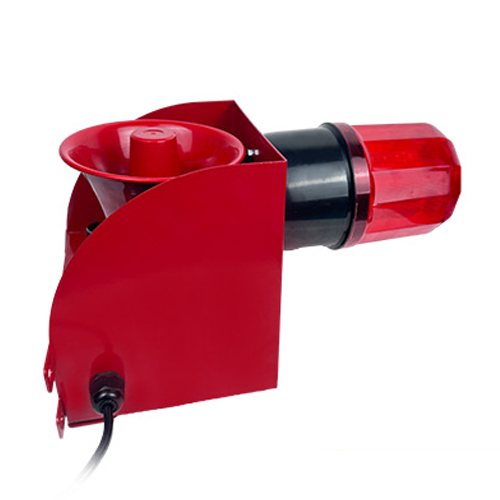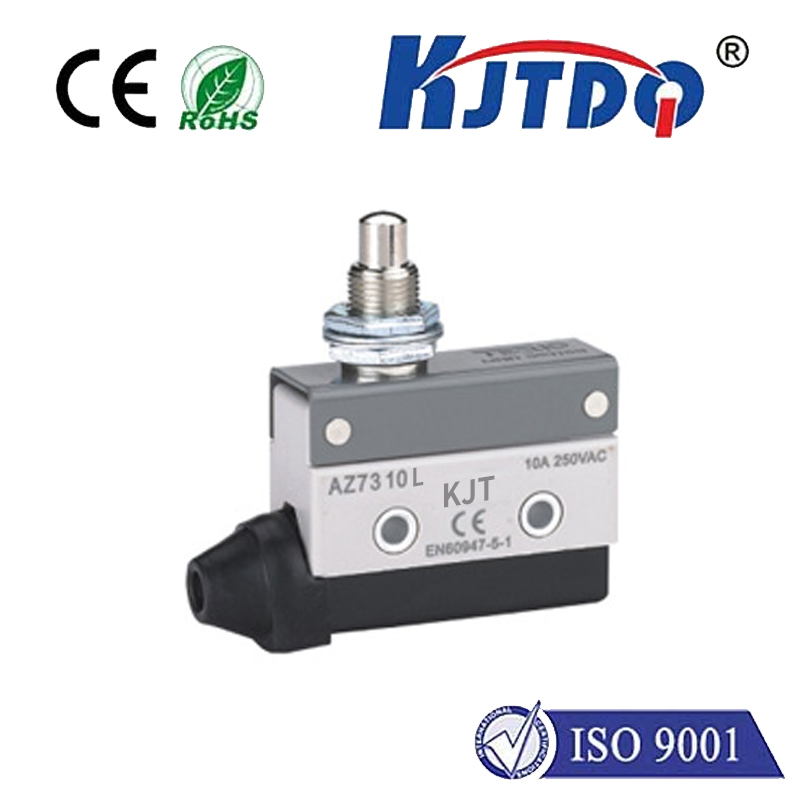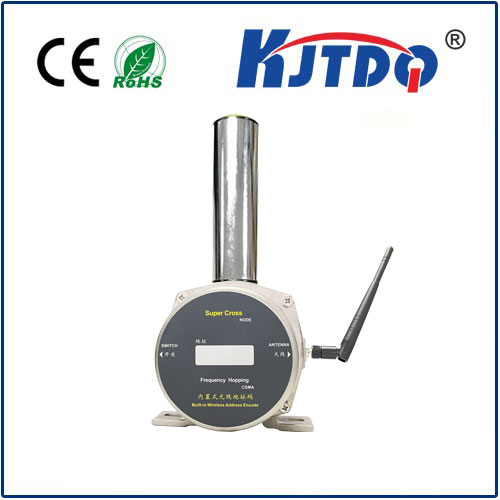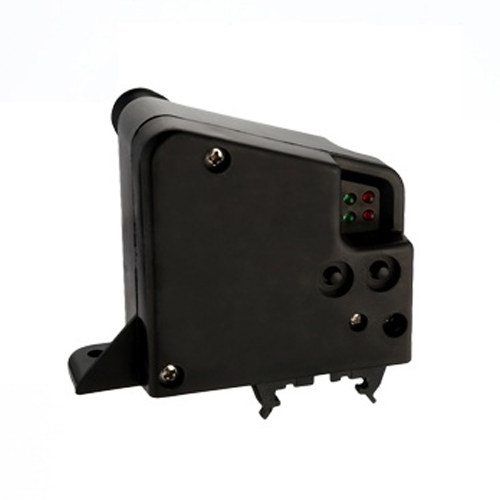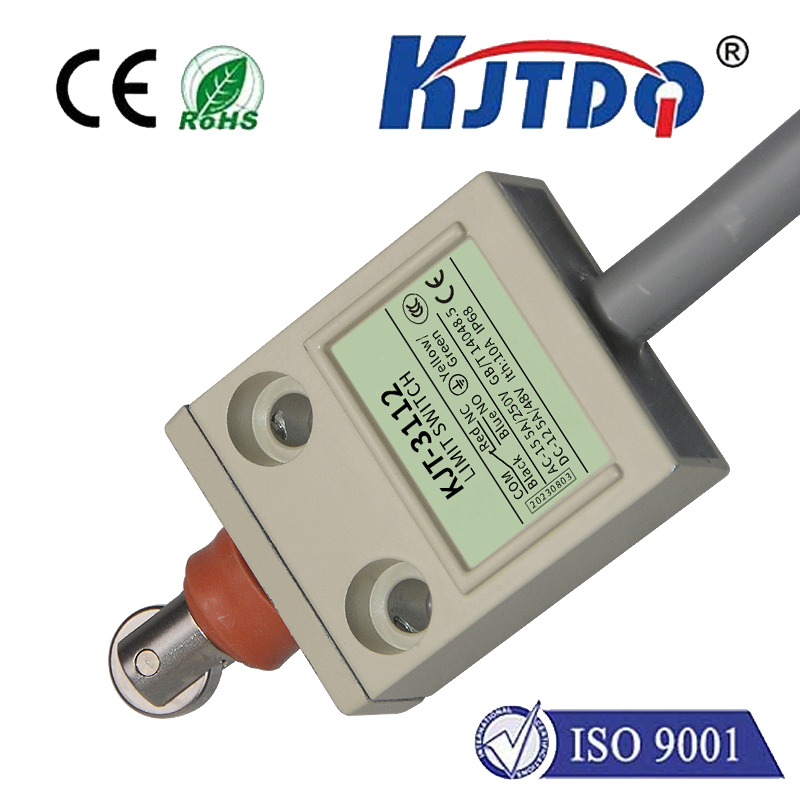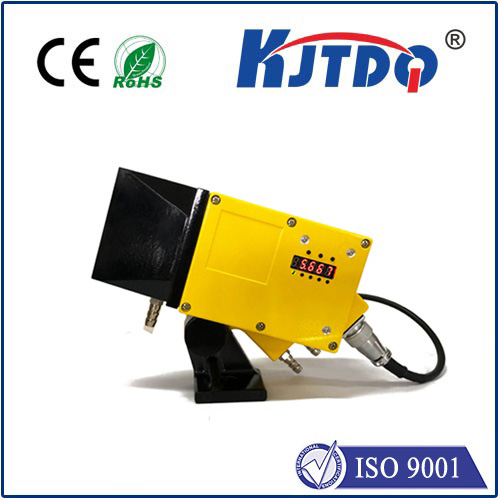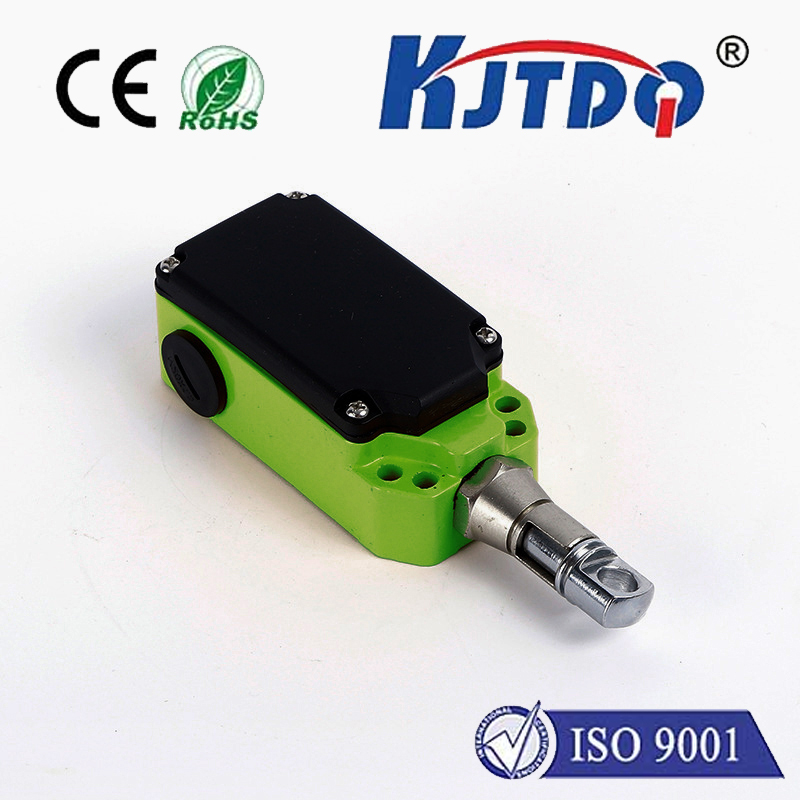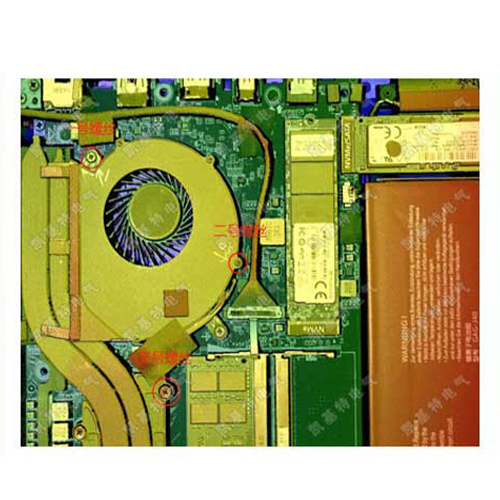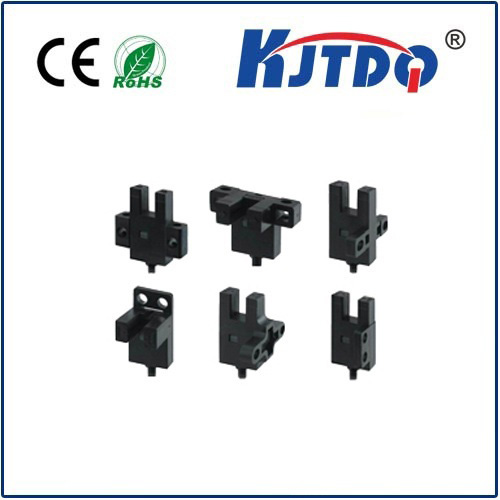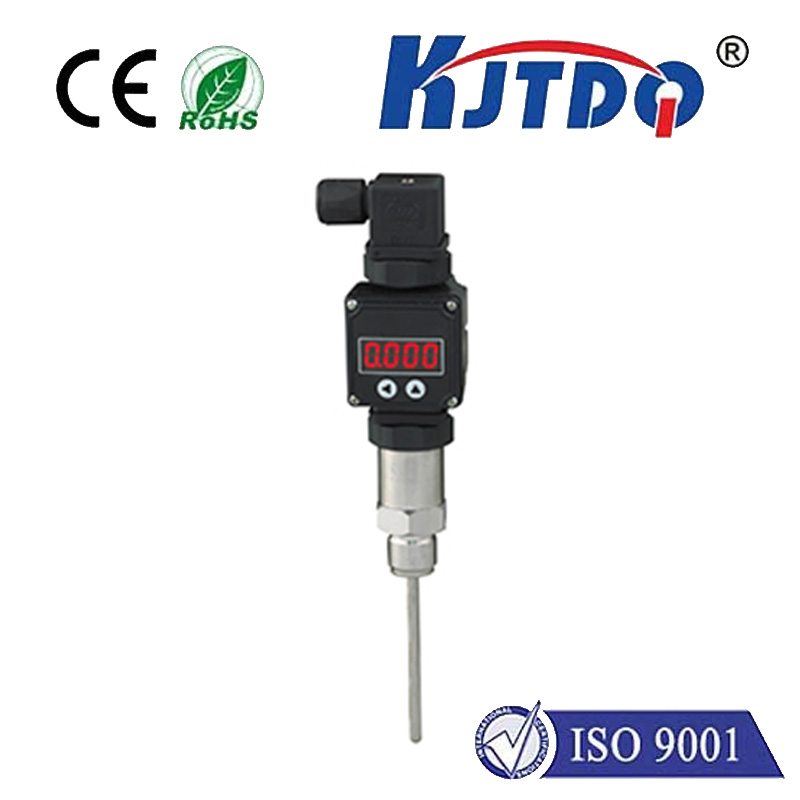Proximity Laser: Revolutionizing Precision and Safety in Modern Technology In a world where precision and safety are paramount, proximity laser technology has emerged as a game-changer across industries. From manufacturing to healthcare, this innovative tool is reshaping how we approach tasks that demand accuracy and efficiency. But what exactly is proximity laser, and why is it gaining such widespread attention? Let’s dive into the fascinating world of this cutting-edge technology and explore its applications, benefits, and future potential.
At its core, proximity laser technology refers to the use of laser systems to measure distances, detect objects, or monitor movements with high precision. Unlike traditional methods, which often rely on physical contact or less accurate sensors, proximity lasers operate non-invasively, making them ideal for delicate or complex environments. The term “proximity” highlights their ability to detect objects or changes at close range, often within millimeters or even micrometers. This technology leverages the principles of light reflection and time-of-flight calculations. A laser beam is emitted toward a target, and the time it takes for the light to bounce back is measured. This data is then processed to determine the distance or position of the object. The result is a highly accurate, real-time measurement that can be integrated into various systems for automation, quality control, or safety purposes.
The versatility of proximity laser systems has led to their adoption in a wide range of industries. Here are some of the most prominent applications:
Manufacturing and Robotics In manufacturing, precision is everything. Proximity lasers are used to align components, monitor assembly lines, and ensure quality control. For example, in automotive manufacturing, these systems can detect minute deviations in part placement, reducing errors and improving efficiency. In robotics, proximity lasers enable machines to navigate complex environments and interact with objects safely and accurately.
Healthcare and Medical Devices The healthcare industry has also embraced proximity laser technology. It is used in surgical instruments to enhance precision during procedures, such as laser eye surgery or tumor removal. Additionally, proximity lasers are integrated into diagnostic equipment to measure biological parameters non-invasively, improving patient outcomes and reducing recovery times.

Потребительская электроника From smartphones to gaming consoles, proximity lasers are making their way into everyday devices. They are used in facial recognition systems, gesture controls, and augmented reality applications, providing users with a seamless and intuitive experience.
Security and Surveillance Proximity laser systems are a key component in modern security setups. They can detect intruders, monitor restricted areas, and trigger alarms with minimal false positives. Their ability to operate in low-light conditions makes them particularly valuable for nighttime surveillance.
Agriculture and Environmental Monitoring In agriculture, proximity lasers are used to monitor crop health, measure soil conditions, and optimize irrigation systems. They also play a role in environmental monitoring, such as tracking deforestation or measuring air quality.
The widespread adoption of proximity laser systems can be attributed to their numerous advantages:
Высокая точность: Proximity lasers offer unparalleled accuracy, making them ideal for tasks that require exact measurements or positioning.
Non-Invasive Operation: Unlike contact-based sensors, proximity lasers do not physically interact with the target, reducing the risk of damage or contamination.
Speed and Efficiency: These systems provide real-time data, enabling faster decision-making and process optimization.
Многогранный.: Proximity lasers can be customized for a wide range of applications, from industrial automation to consumer electronics.
Повышение безопасности: By detecting potential hazards or obstacles, proximity lasers improve safety in both industrial and consumer settings.
Despite its many benefits, proximity laser technology is not without challenges. One of the primary concerns is cost. High-precision laser systems can be expensive to develop and implement, limiting their accessibility for smaller businesses. Additionally, environmental factors such as dust, fog, or reflective surfaces can interfere with laser measurements, requiring careful calibration and maintenance. However, ongoing advancements in laser technology are addressing these issues. Researchers are exploring ways to reduce costs, improve durability, and enhance performance in challenging conditions. For instance, the integration of artificial intelligence (AI) and machine learning algorithms is enabling proximity lasers to adapt to dynamic environments and provide even more accurate results. Looking ahead, the future of proximity laser technology is incredibly promising. As industries continue to prioritize precision, efficiency, and safety, the demand for these systems is expected to grow. Emerging applications, such as autonomous vehicles and smart cities, will further drive innovation in this field.
In an era defined by rapid technological advancements, proximity laser systems stand out as a transformative tool. They bridge the gap between human capabilities and machine precision, enabling us to achieve feats that were once thought impossible. Whether it’s improving manufacturing processes, enhancing medical procedures, or creating smarter devices, proximity lasers are at the forefront of innovation. As we continue to explore the potential of this technology, one thing is clear: proximity lasers are not just a tool for today—they are a foundation for the future. By embracing their capabilities, we can unlock new possibilities and pave the way for a more efficient, accurate, and safer world.
